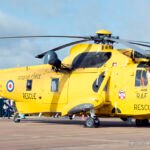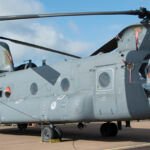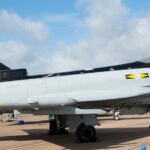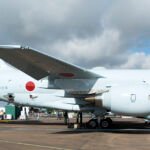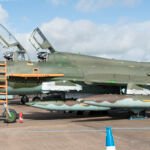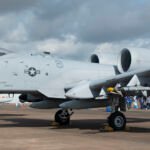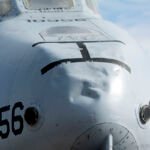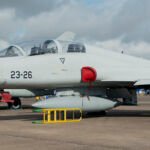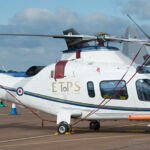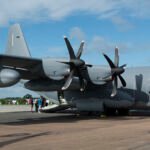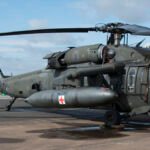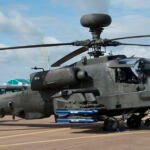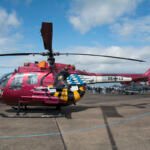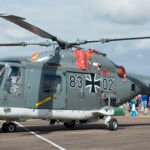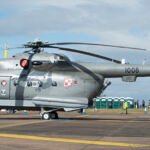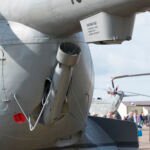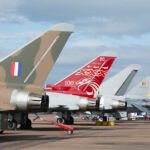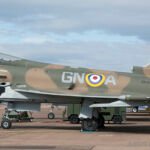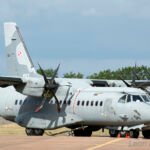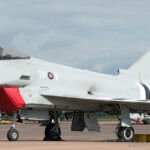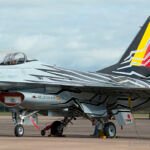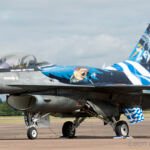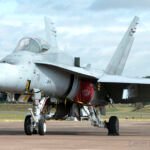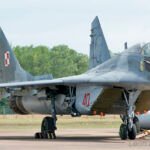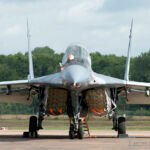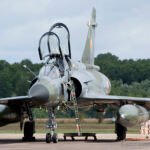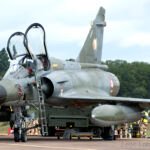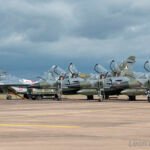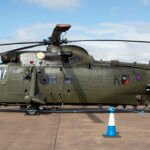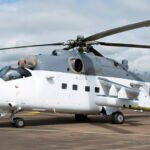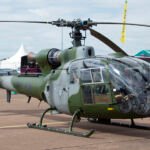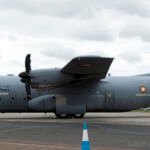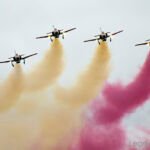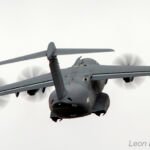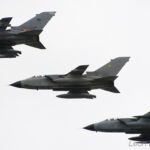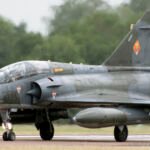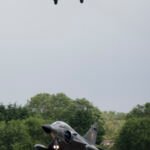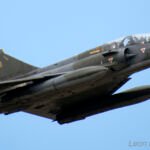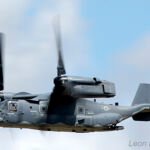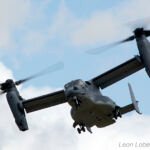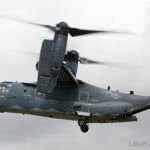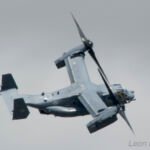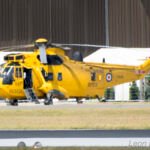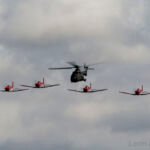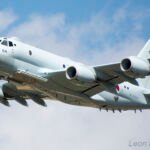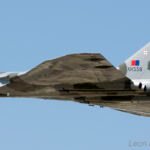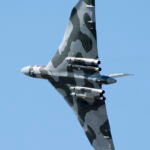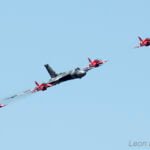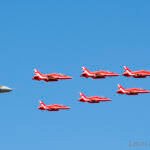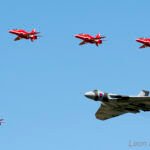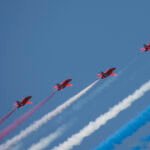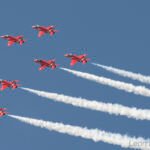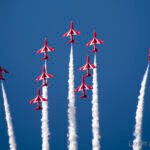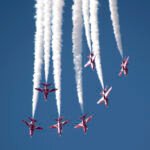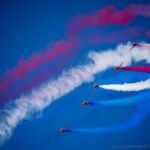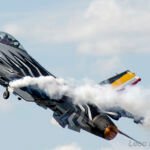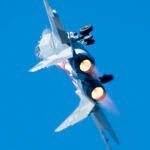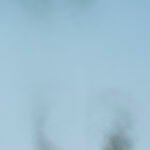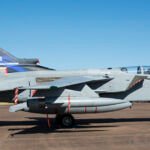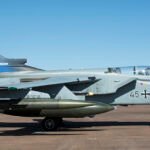Once again, the Royal International Air Tattoo (RIAT) was held at RAF Fairford in the third week of July. Whilst the show has come in for some criticism from aviation buffs in recent years, it remains one of the largest and most varied public gatherings of aircraft in the world.
Each year it becomes more difficult for the organisers to attract unusual airframes due to increasing operating costs and reduced budgets for the world’s air forces. Nevertheless, the organising team continues to make every effort and this year was no exception, with the first overseas visit and display by the Japanese Maritime Self-Defence Force Kawasaki P-1 maritime patrol aircraft. With the UK in the market for a replacement for Nimrod, the Japanese government took to opportunity to demonstrate the abilities of the P-1. Interestingly, the static display example was parked next to the US Navy Boeing P-8A Poseidon, which has also been mooted as a possible MPA solution for the UK.
Also at the show were a number of other interesting airframes, including a Polish Navy Mi-14 Haze and a pair of Czech Air Force Mi-24V Hind, one of which was painted in the white and grey colors of a World War II B-24 Liberator bomber flown by a Czech squadron as part of the Royal Air Force’s Coastal Command.
Another rarely seen type were two Northrop SF-5M Freedom Fighters from the Spanish Air Force, serving with Ala 23, based at Talavera la Real in south-western Spain.
With 2015 being the final year of display flying by the Vulcan XH558, there was naturally a lot of focus on this airframe. Apart from the spirited flying display (particularly the take off on Saturday which apparently had a few people taking a sharp intake of breath), a special formation flypast with the Red Arrows provided an excellent opportunity for some great images – to me it seemed the Red’s vic formation just ahead of the Vulcan seemed to be inch perfect.
Other UK aircraft that we are saying goodbye to in 2015 include the Westland WS.61 Sea King and there were two examples of the HAR3 Search And Rescue versions in their all-yellow scheme, as well as a Royal Navy HC.4 and an ASaC7.
My view is that the RIAT remains one of the must go airshows each year – yes the positioning of the static aircraft can be a little messy, with many flag poles and a proliferation of green and blue parking cones making it difficult to get clean shots of the static displays but the depth and breadth still represents a fantastic effort by the organising team.

